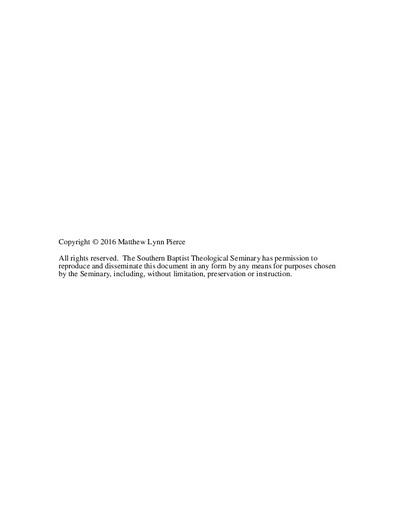| dc.description.abstract | The research in this dissertation reveals that Nepali refugees in Louisville have developed several identities that sometimes overlap and contradict one another when one tries to classify this population into distinct units or ethnic groups. Self-identity is important for evangelical mission strategists because evangelical mission strategy is dominated by a desire to reach “people groups” and diaspora peoples are not easily broken up into distinct people groups.
Chapter 1 presents the research questions and methodologies. The research questions are,
1. Diaspora peoples cannot be placed into distinct groups without seriously distorting reality. What does this mean when trying to reach diaspora peoples in North America?
2. How do diaspora people draw boundaries between their group and the “others”? Do they draw boundaries?
The research methodology includes a literature review, semi-structured interviews, narrative research, grounded theory, participant observation, and the data was analyzed producing two case studies.
Chapter 2 provides a framework for relating findings of this dissertation within this field of study. It summarizes and analyzes the relevant literature from the fields of missiology and cultural anthropology especially as it concerns diaspora and ethnic identity. The literature review comes from secular and evangelical sources.
Chapter 3 concentrates on the refugee community from Burma in Louisville. It includes a history of the community describing where the refugees came from and how they arrived in Louisville, including biographical studies from different ethnic perspectives. The biographical studies demonstrate different viewpoints from people within this group. The case study identifies the way this group categorizes themselves and draw boundaries defining the “other.”
Chapter 4 addresses the complexity of the refugee community from Nepal, including a history of the community describing where they came from and how they arrived in Louisville. Like chapter 3, it includes biographical studies from different perspectives within the community. Chapter 4 concludes with how Nepali-speaking refugees from Bhutan identify and categorize themselves and place boundaries between themselves and other groups.
The last two chapters conclude with research implications and the conclusion. The distinct boundaries between people groups are eroded by diaspora peoples moving to urban areas in North America. In missiologists desire to reach people groups they often place diaspora peoples into distinct categories of ethnic groups where they do not exist in reality. The theory that diaspora peoples have fluid identities as described by anti-anti-essentialists such as Douglass, Friedman, and others puts a major wrinkle in the idea that diaspora peoples can be fit into distinct categories. This dissertation a presents a new methodology for missiologists studying ethnic groups and planting homogenous churches among diaspora populations in North America based on fuzzy set theory. | en_US |

